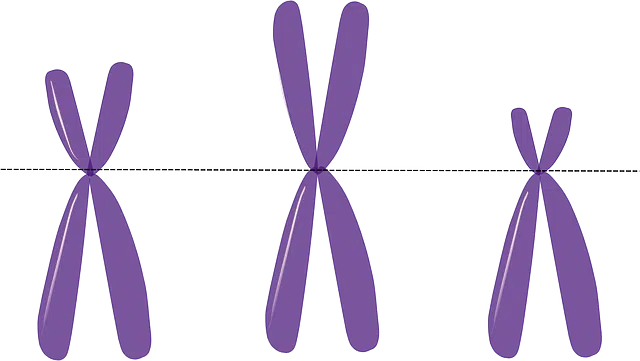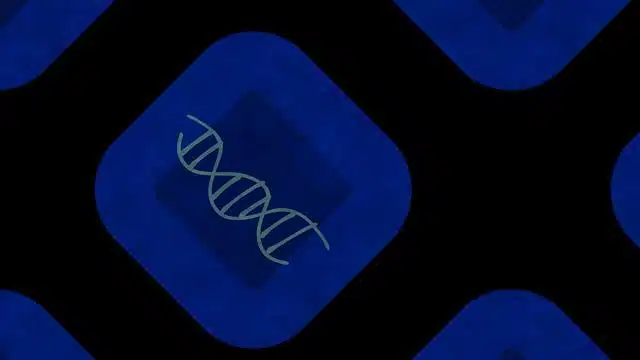
The narrowest part of the chromosomes is called the centromere.
The centromere is the narrowest area of the chromosomes , whose position is characteristic in each of the pairs. It should be remembered that a chromosome is a cellular structure that houses deoxyribonucleic acid ( DNA ).
The chromosomes have two arms , which are spaced apart by the centromere; one of them is called q and is long, while the short one is called p . Depending on the position of the centromere, chromosomes can be acrocentric , metacentric or submetacentric . In some cases there is also talk of telocentric chromosomes, although this classification is often questioned.
Types of chromosomes according to the centromere
A chromosome is considered metacentric if its centromere is in the center of its structure, which results in the arms having equal length . The pairs of chromosomes 1, 3, 19 and 20 of the human being are clear examples of the metacentric structure.
The submetacentric chromosome, on the other hand, is one in which the centromere is located so that one of the arms is slightly longer than the other. Most of our chromosomes fall into this category except for chromosomes 1, 3, 19, 20 and X, which are all metacentric, and 13, 14, 15, 21 and 22, which are considered acrocentric. Regarding the Y, some consider it submetacentric while others, acrocentric without satellite .
It is precisely the turn to define the acrocentric chromosome, in which the centromere is closer to one of the telomeres , which causes one of the arms to be long, the q , and the other to be very short, the p . In our case, the acrocentric chromosomes are 13, 14, 15, 21 and 22, which fulfill the function of nucleolar organizers.

Depending on the position of the centromere, chromosomes are classified differently.
Telocentric qualification
As anticipated above, the concept of telocentric chromosome represents a rather particular case; Although a large part of the scientific community accepts and disseminates it, it is necessary to point out that this category does not exist as such in nature. In theory, the centromere of a telocentric chromosome is located at one of its ends , although this cannot be true since the telocentric region does not give rise to another structure at its end.
Another reason supported by scientists who rule out the existence of the telocentric chromosome is that the absence of the telomere or its shortening causes a lack of stability in the chromosomes, which leads to the phenomenon known as Robertsonian translocation or Robertsonian polymorphism , which is defined such as chromosome fission or fusion.
In short, the Robertsonian translocation is the set of alterations that affect the number of chromosomes that arise when two acrocentrics join to give rise to a metacentric. As expected, the centromere of no human chromosome is in a telocentric position .
The centromere and the achromatic spindle
It can be said that the centromere is a region of the chromosome, in which it interacts with the achromatic spindle in different phases of cell division (either in meiosis or mitosis ). The centromere, in this framework, drives the movements of the chromosome in these phases.
The achromatic spindle is composed of microtubules that originate from centrioles . This spindle interacts with protein structures of the centromere that are called kinetochores . This interaction takes place from prophase to anaphase .
scientific observation
The particularities of chromosomes can be detected through certain microscopes . Using these devices, chromosome constrictions can be noted, which can be primary (if they are found on all chromosomes) or secondary (when they are temporary or only appear on certain chromosomes).
Centromeres are primary constrictions that, when stained, appear less colored than other areas of the chromosome. In this way, scientists can identify the centromeres more easily thanks to the effects generated by the staining .
